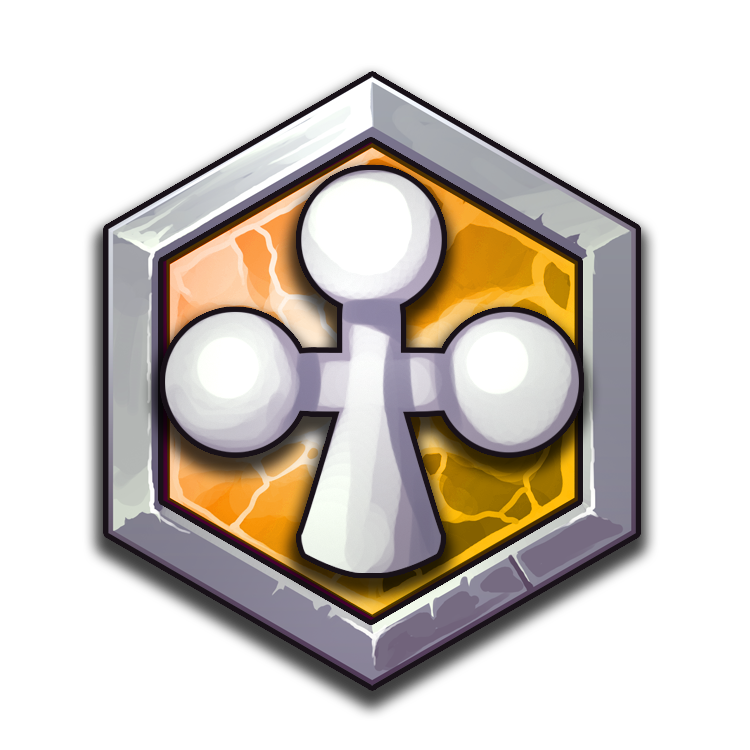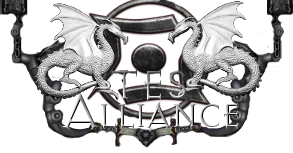I've run into some more trouble it seems. I tried my best to follow the procedures PacificMorrowind mentioned, but my results were not good.
As far as I could tell, I was able to create the helmet mesh, weight paint it, UV map and texture it, and finally export it. But, as soon as I tried setting my helmet up in the Construction Set... it was obvious something went wrong. After I defined my helmet as a piece of armor in CS, I tried adding it to an NPC, but the following error message appeared:
"Could not find parent node extra data for BASE myhelmet.nif"
After the error message appeared, I checked the preview/render window in the CS for the NPC equipped with my helmet... and the helmet shows up but it isn't even on top of the NPC's head. It's off to the side!
I really have no idea what went wrong... but here are some random details and thoughts that I hope provide some clues:
Just to clarify, I am trying to make a helmet for the imperial male model/race.
Perhaps I'm not setting things up right and importing the proper models. I tried importing the headhuman.nif, and the skeleton.nif into Blender when making my helmet.
I assume that the headhuman.nif is imported only to serve as a guide when making the helmet... to help you make it fit the desired head properly. But I'm not sure what purpose the skeleton is supposed to serve... perhaps to help with weight painting?
Also... do I need to parent my helmet mesh to anything... such as a skeleton or the imported head mesh?
When I tried to weight paint the vertices of my helmet mesh, I couldn't find any reference to the bip01 head bone. PacificMorrowind mentioned that for a helmet, there was no need to import a skeleton... that the skeleton from an another helmet will work. So I also tried importing some of the Bethesda made helmets... and I don't see any skeleton after importing them... just the helmet mesh/object. Maybe I'm not looking in the right place... or perhaps my import settings were wrong...?
So to weight paint my helmet... I created a new vertex group named bip01 head and weight painted my entire helmet mesh from this new vertex group.
If it helps... I posted a picture of my helmet in Nifskope HERE. I know... it's not impressive. But I'm not too concerned about the appearance of my helmet(headband) right now... I just want to learn how to sucessfully get one in the game. Also(referencing the picture)... what is that vertical white line shown in the render window? I've never seen this before... and the Bethesda helmets don't seem to have it either...
And SickleYield -
I hope you don't take offense to anything I have said about your tutorial. This topic is not intended to bash your tutorial. I'm sure the problems I'm having are my own doing... and I thank you for taking the time to share some of your knowledge on the wiki.





